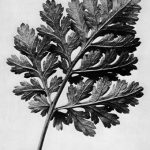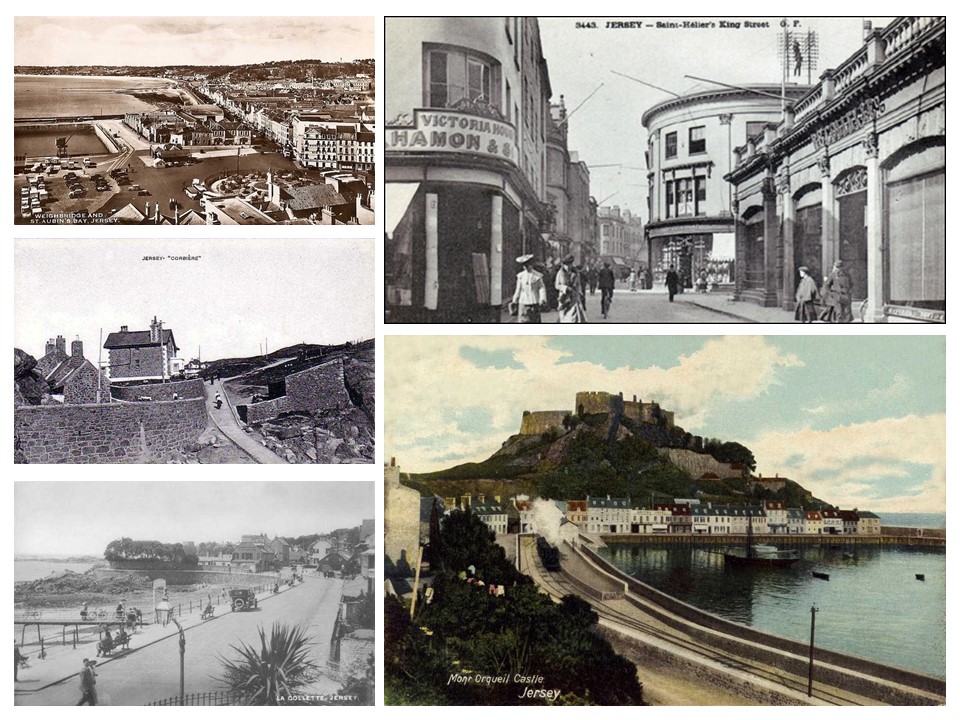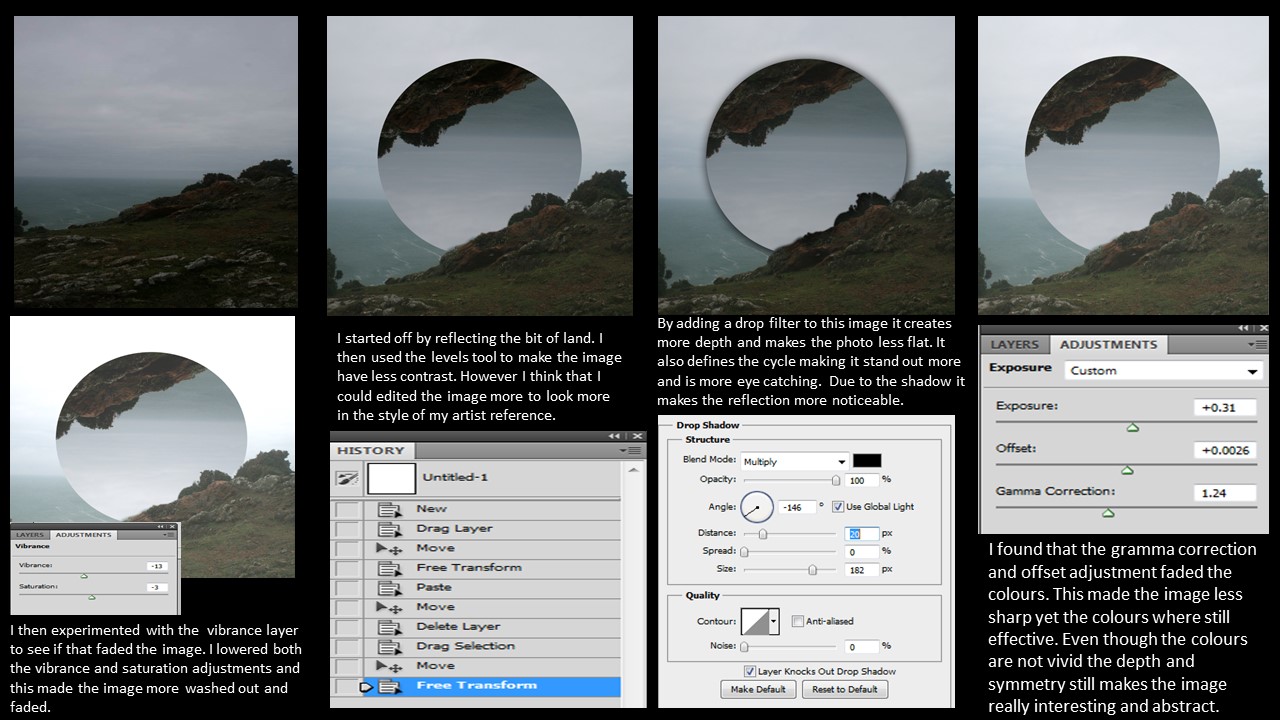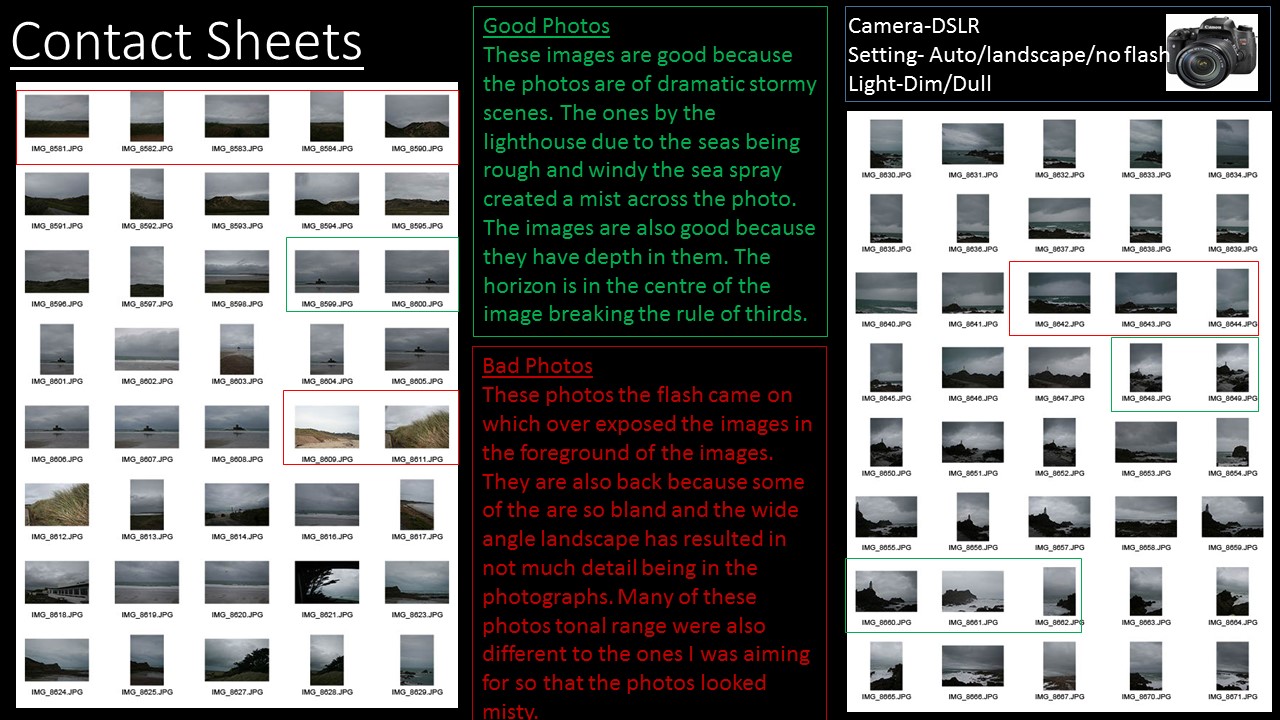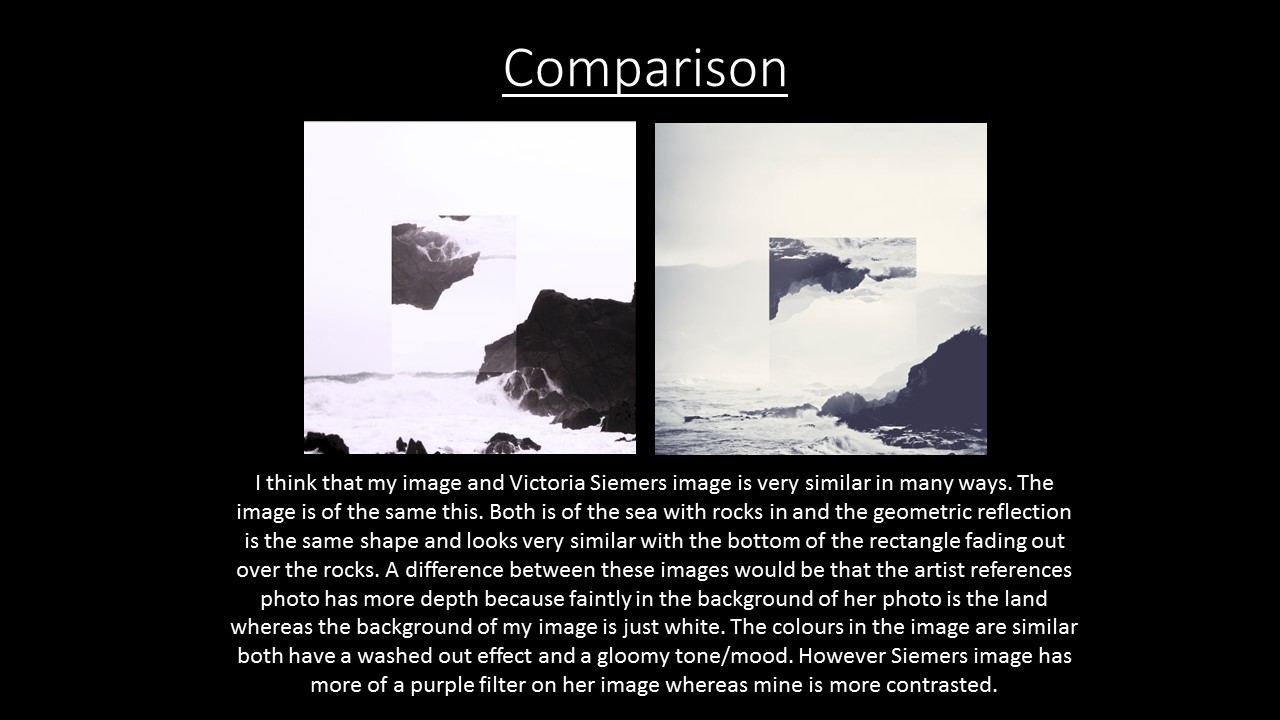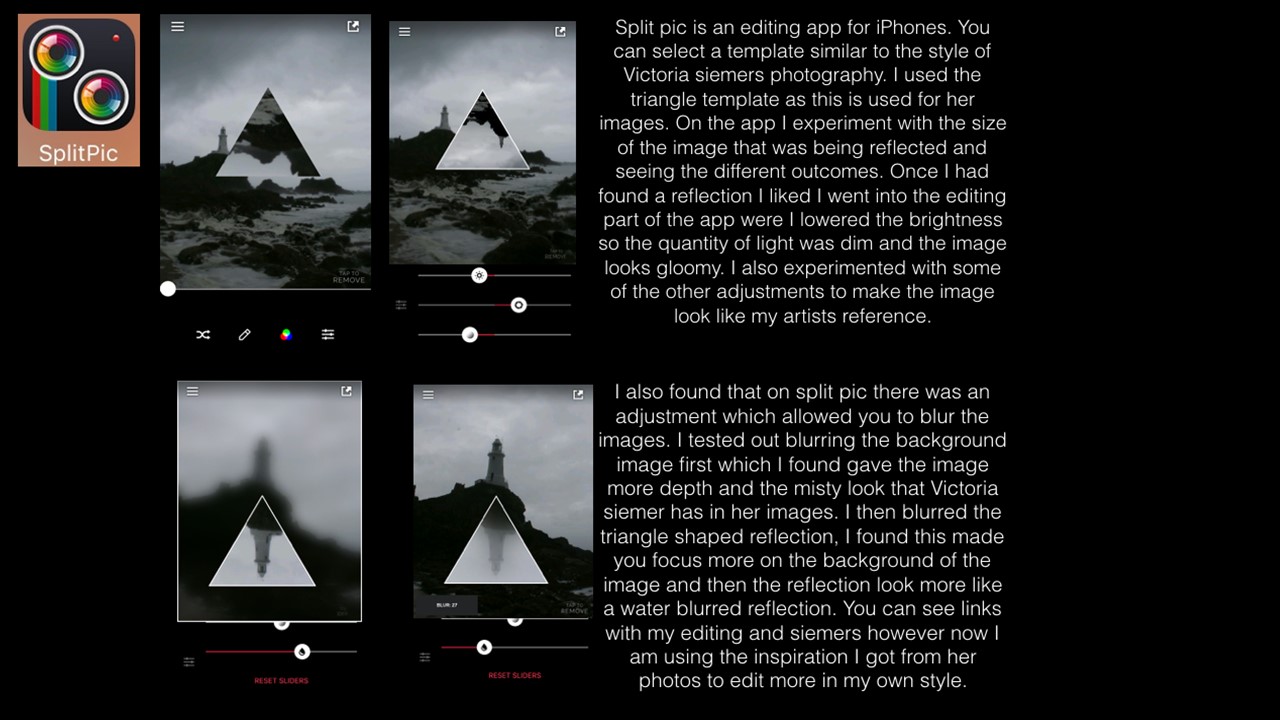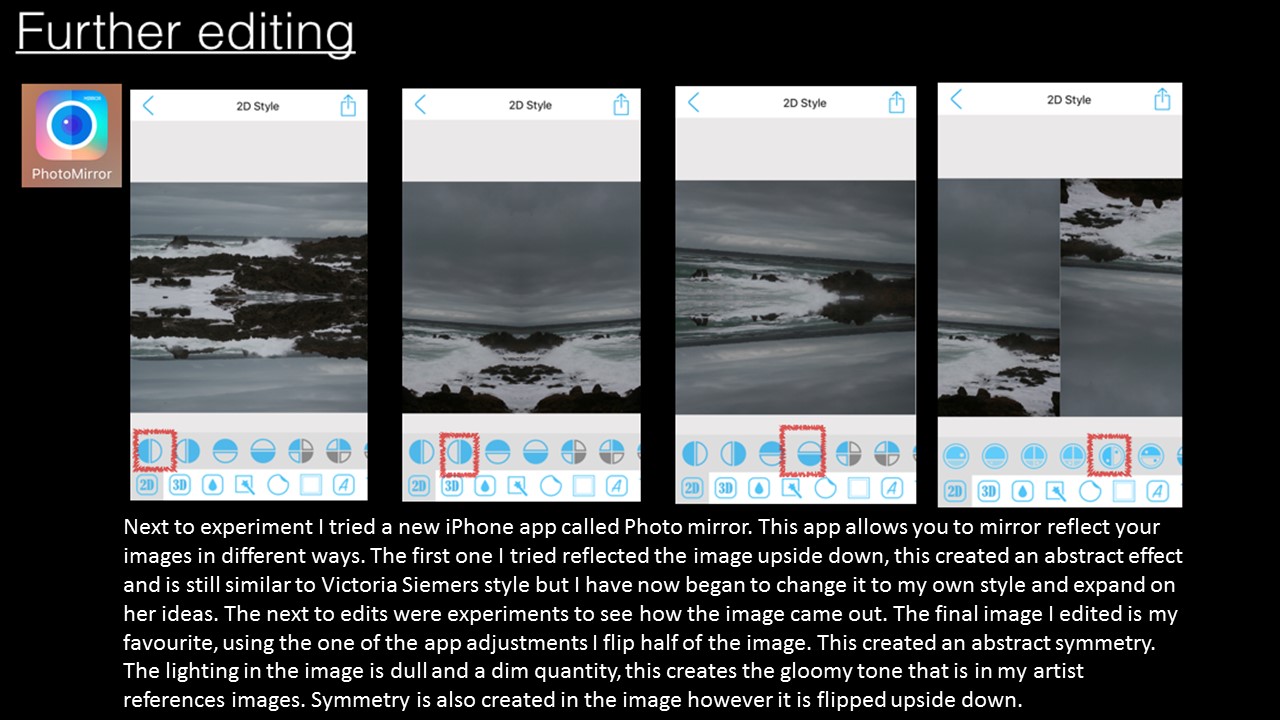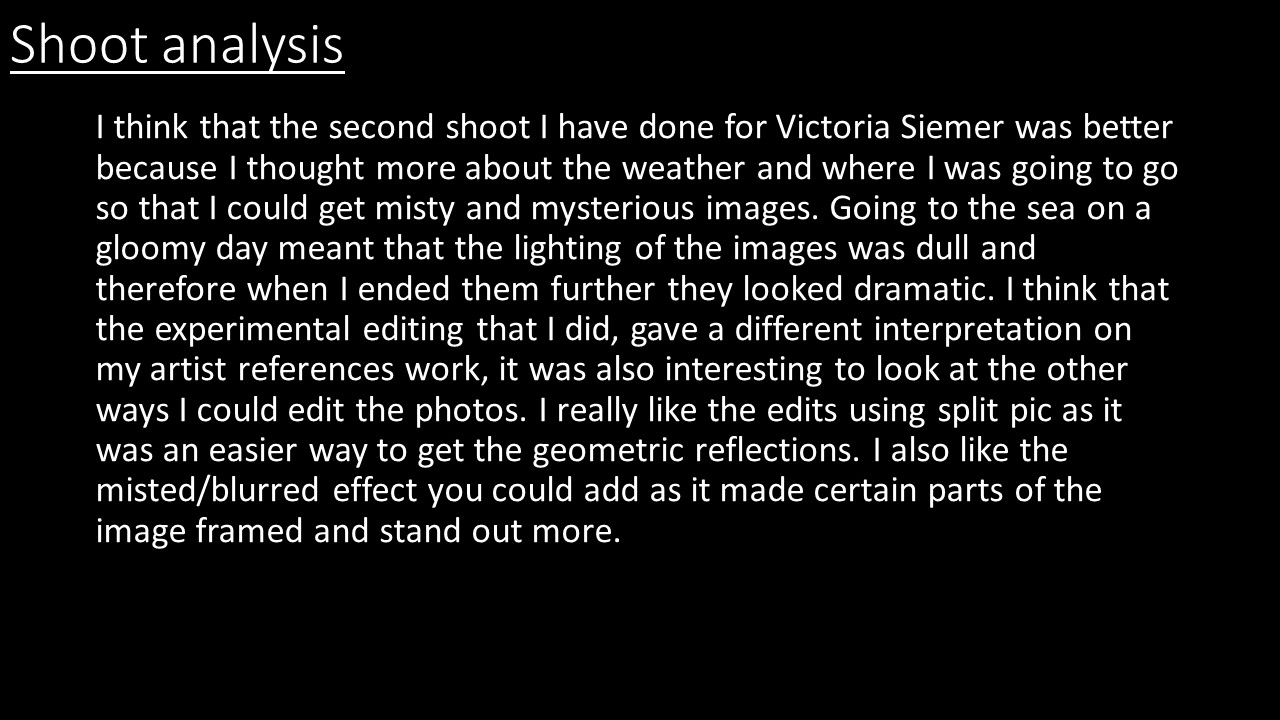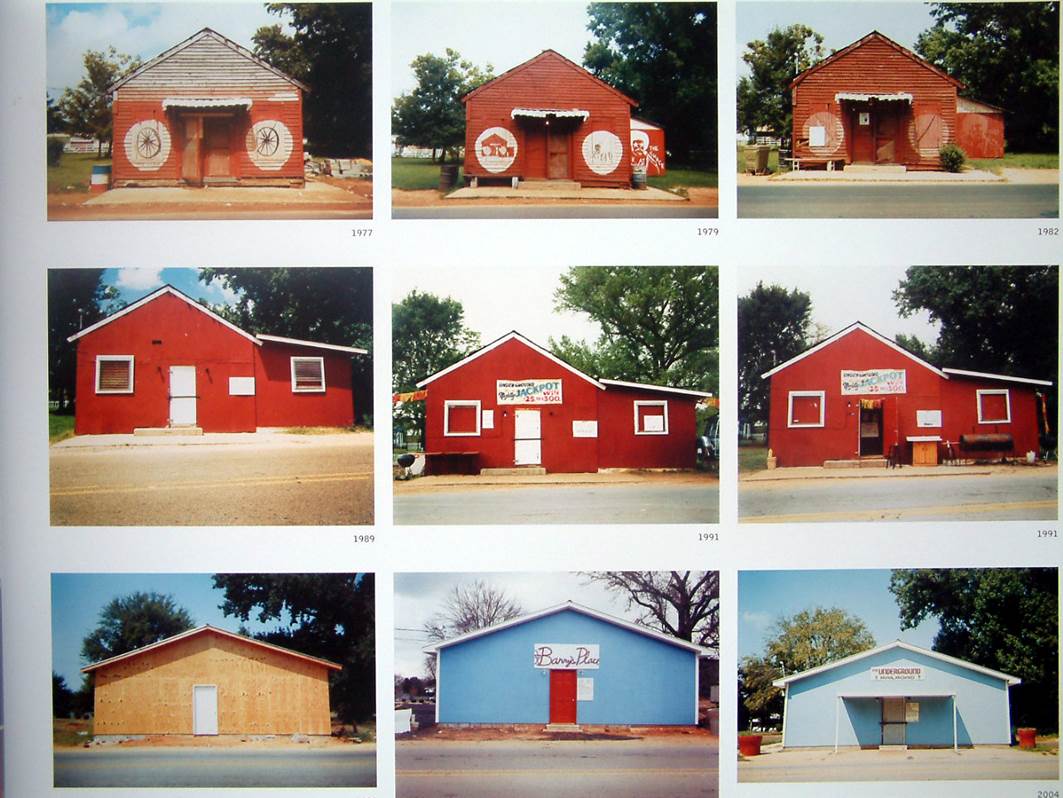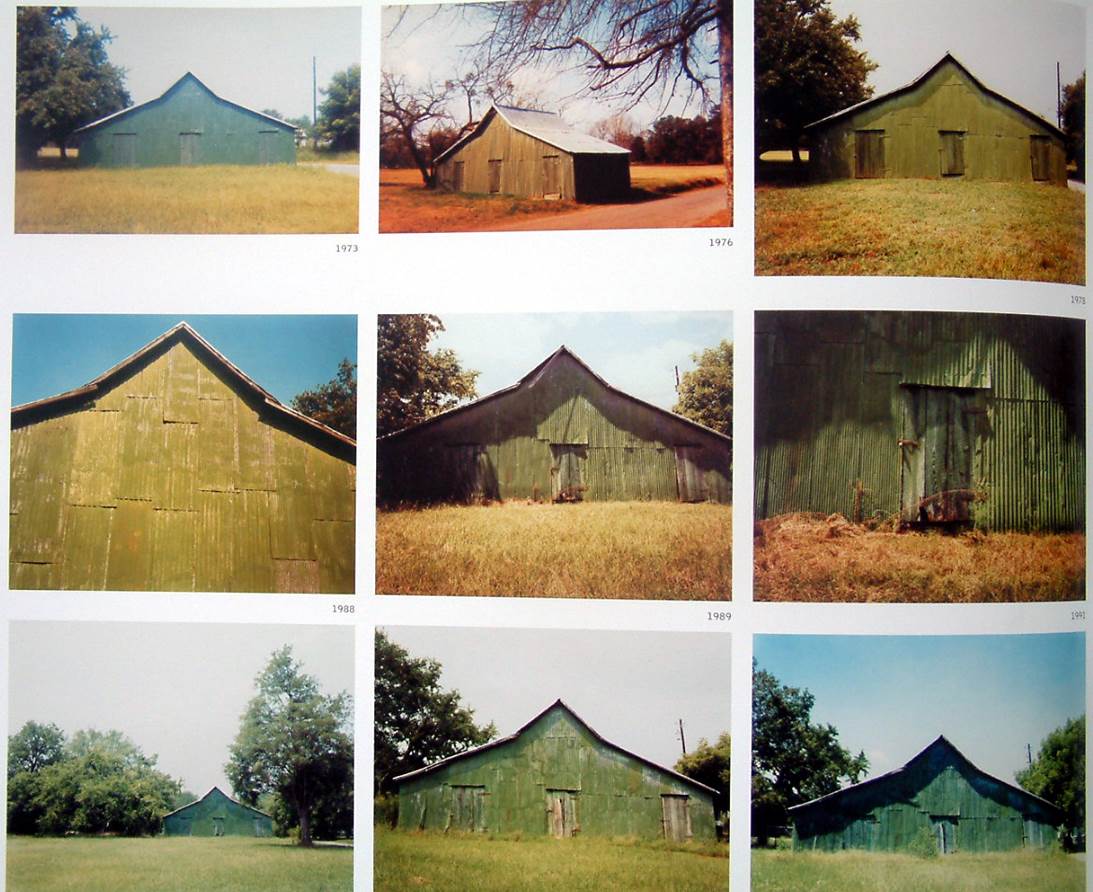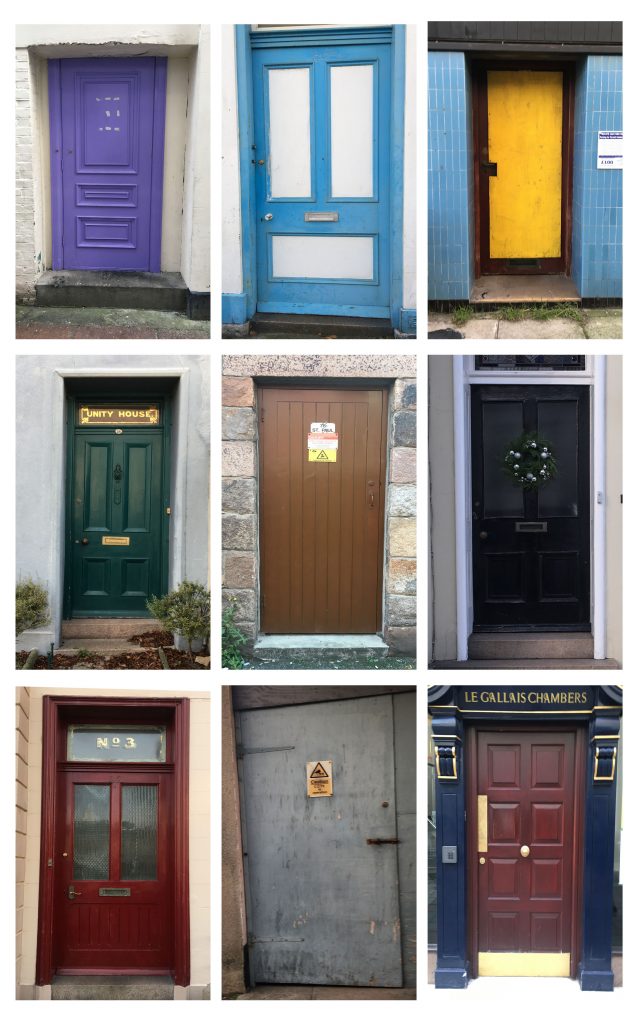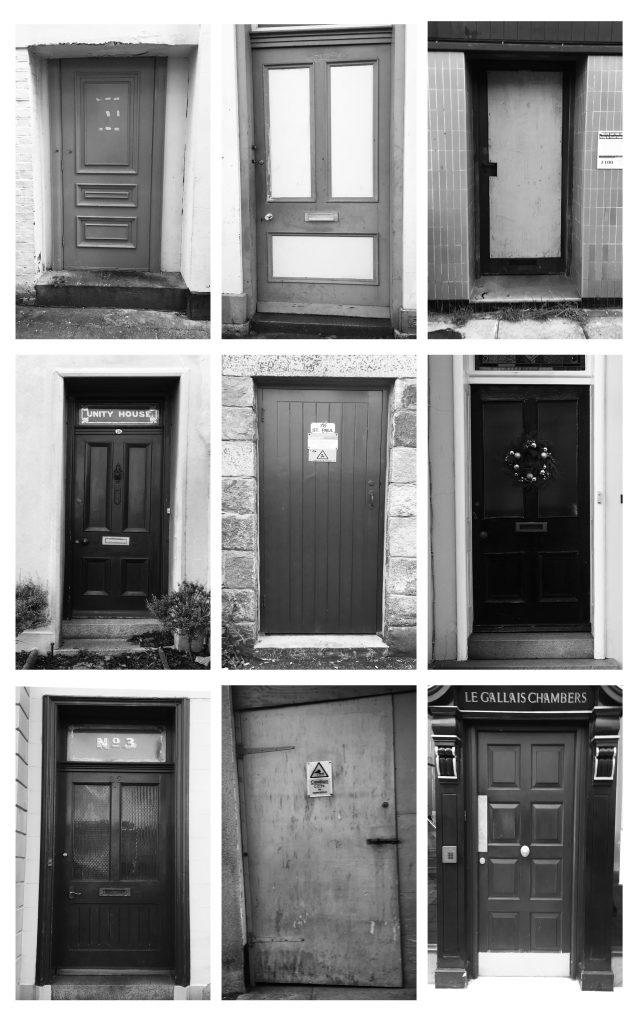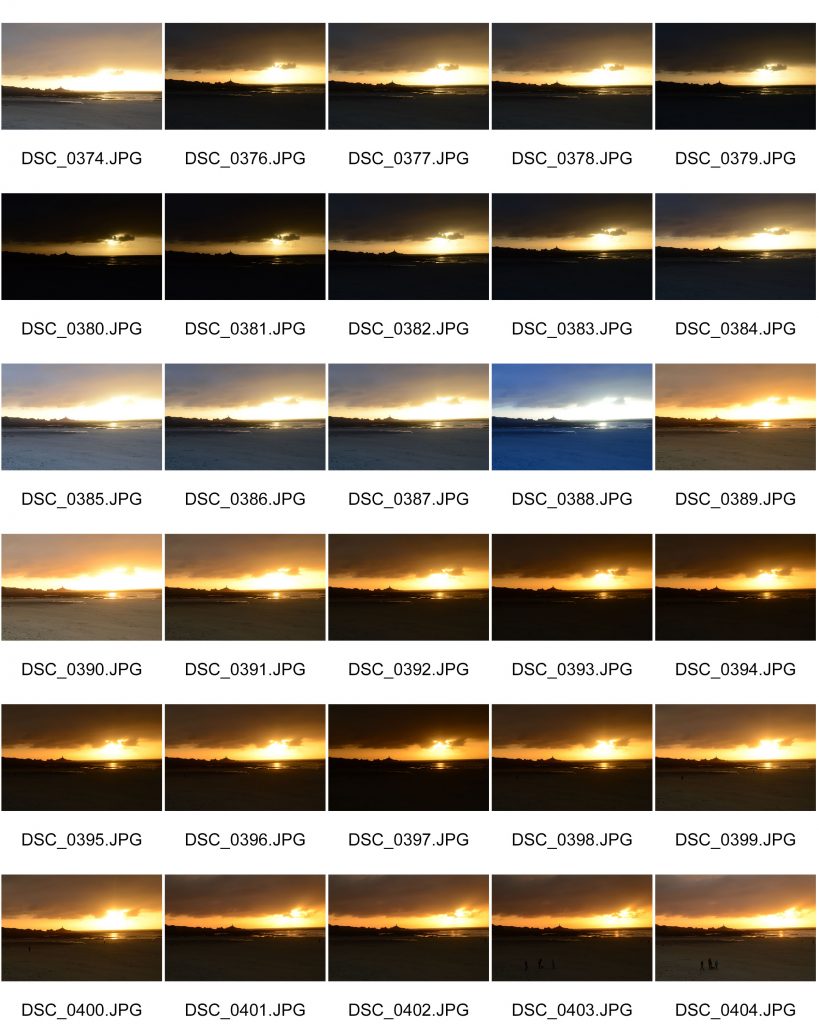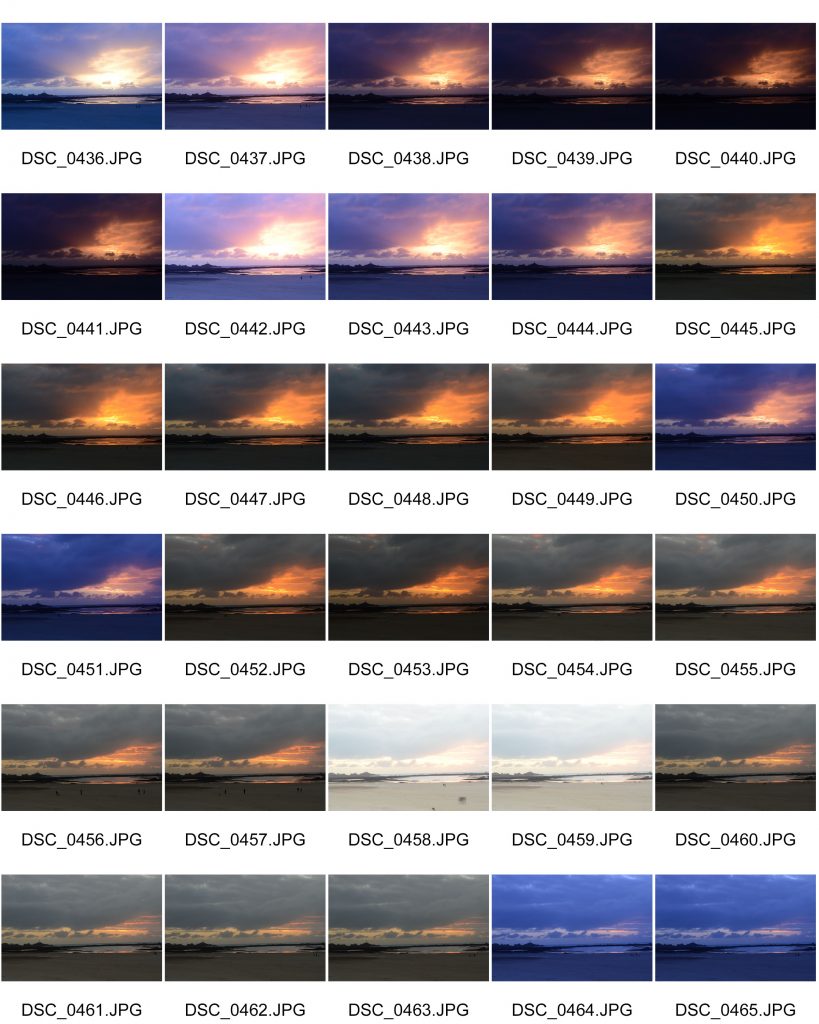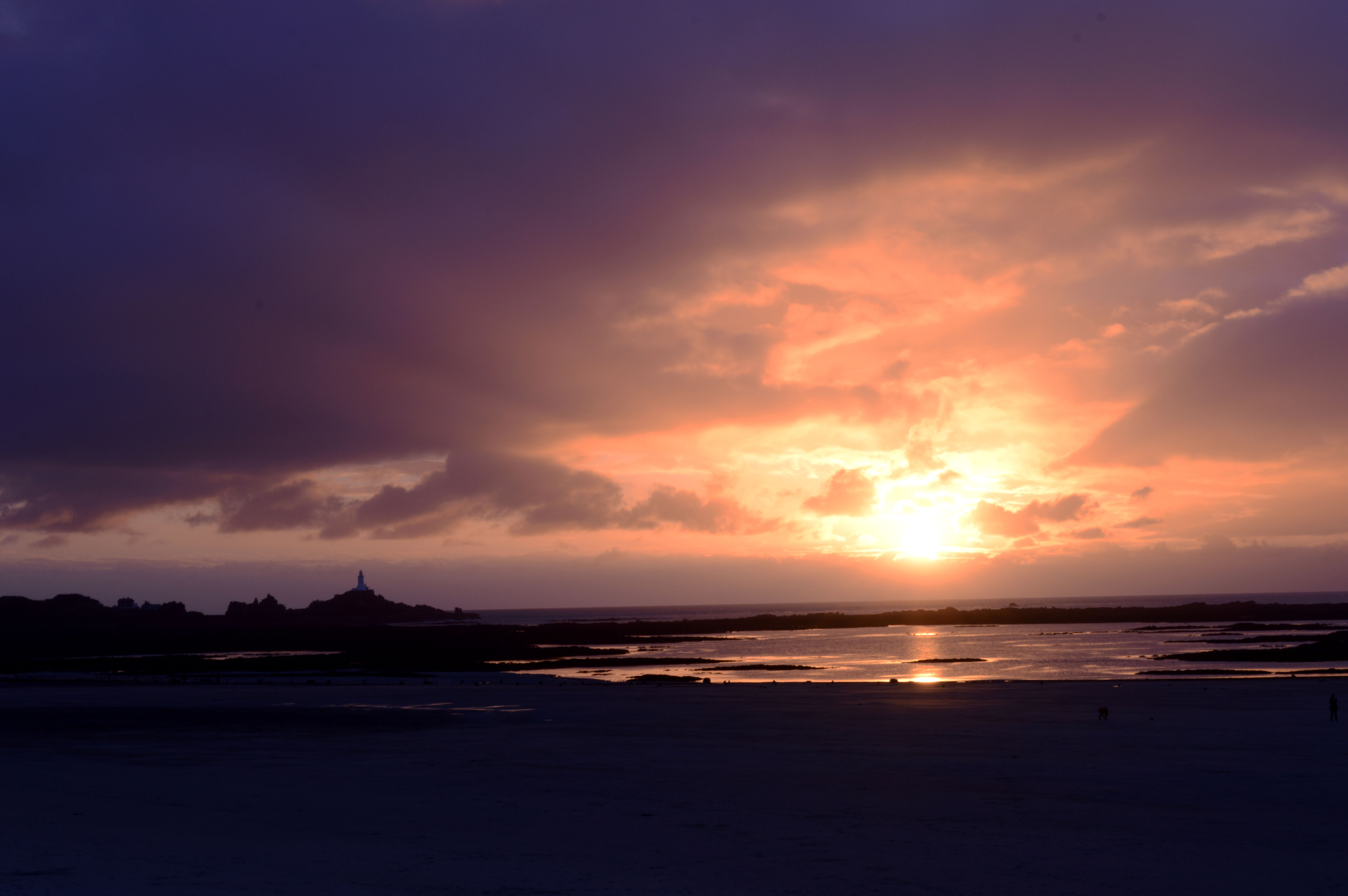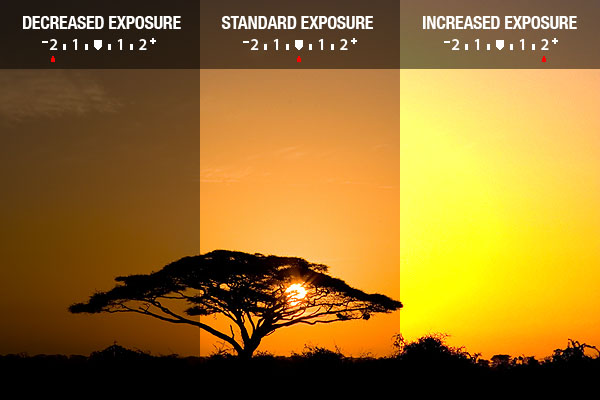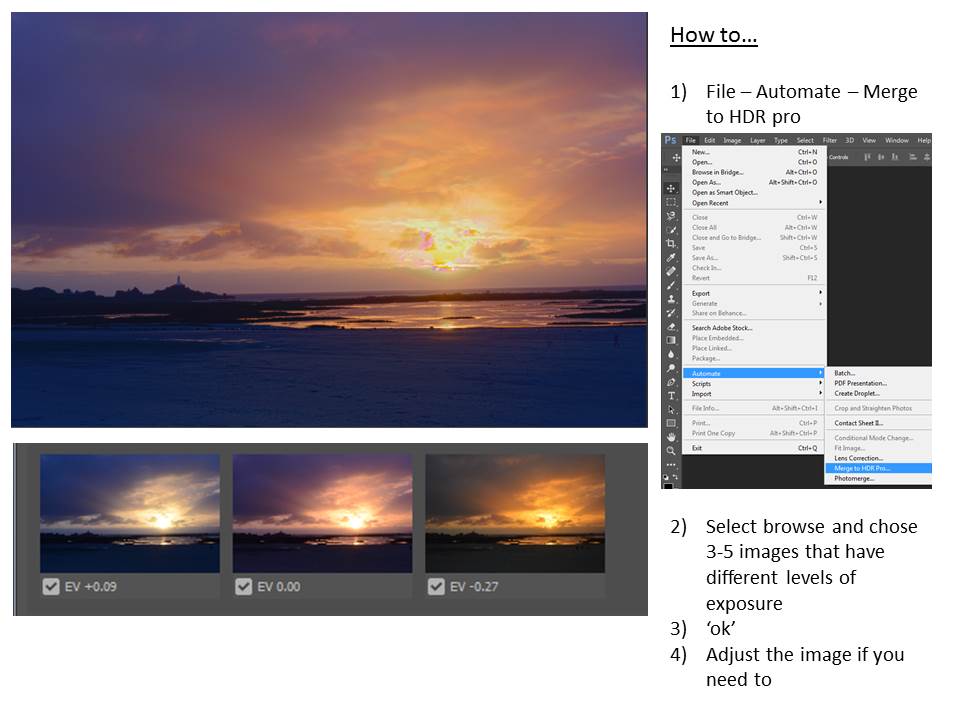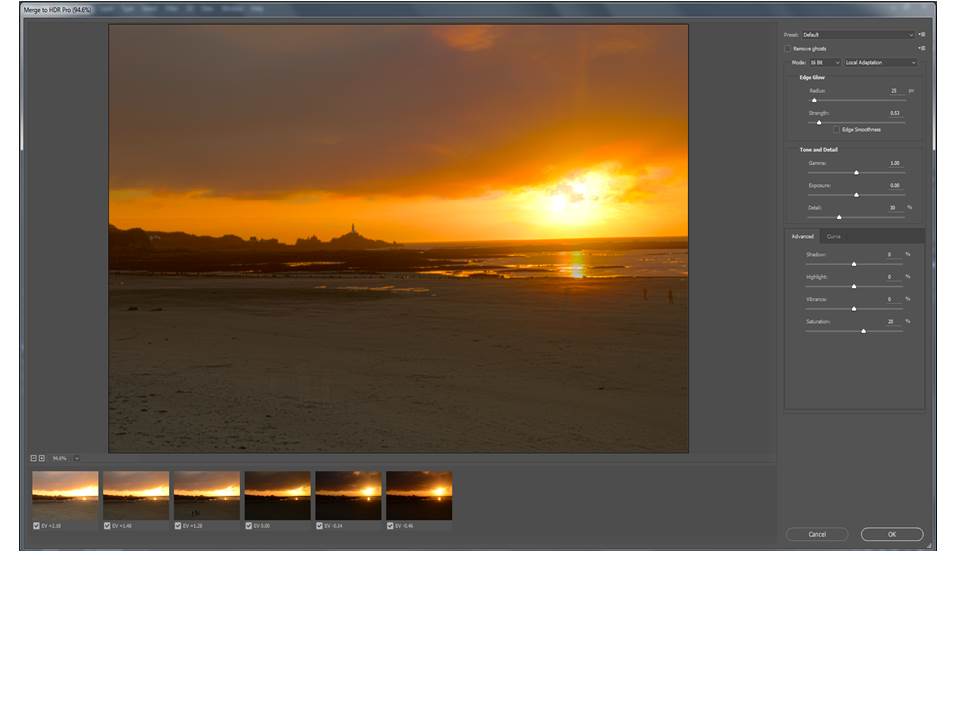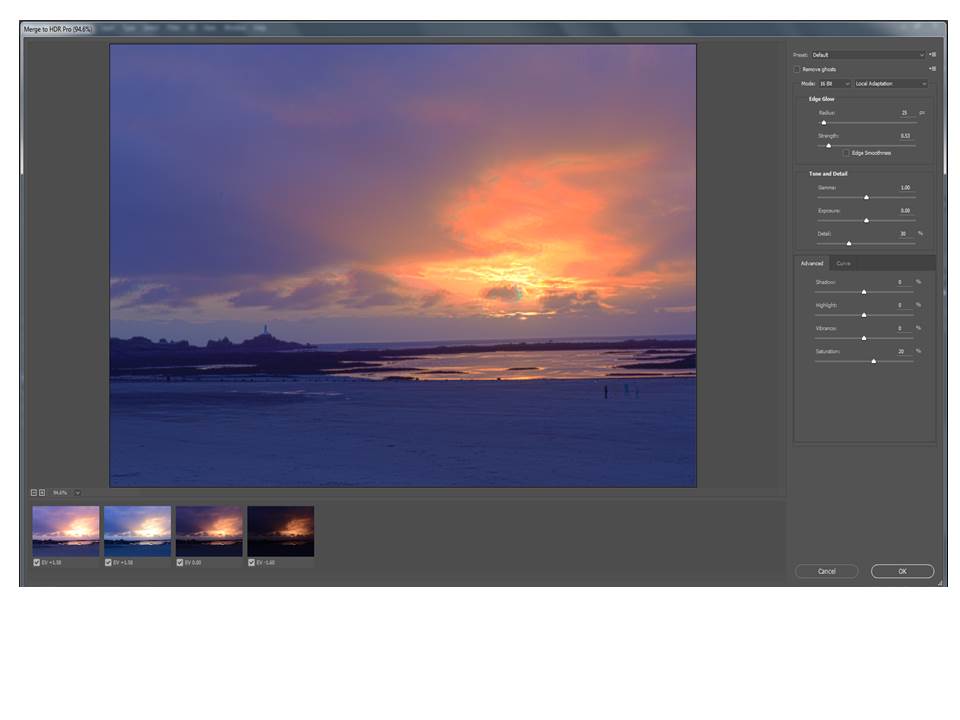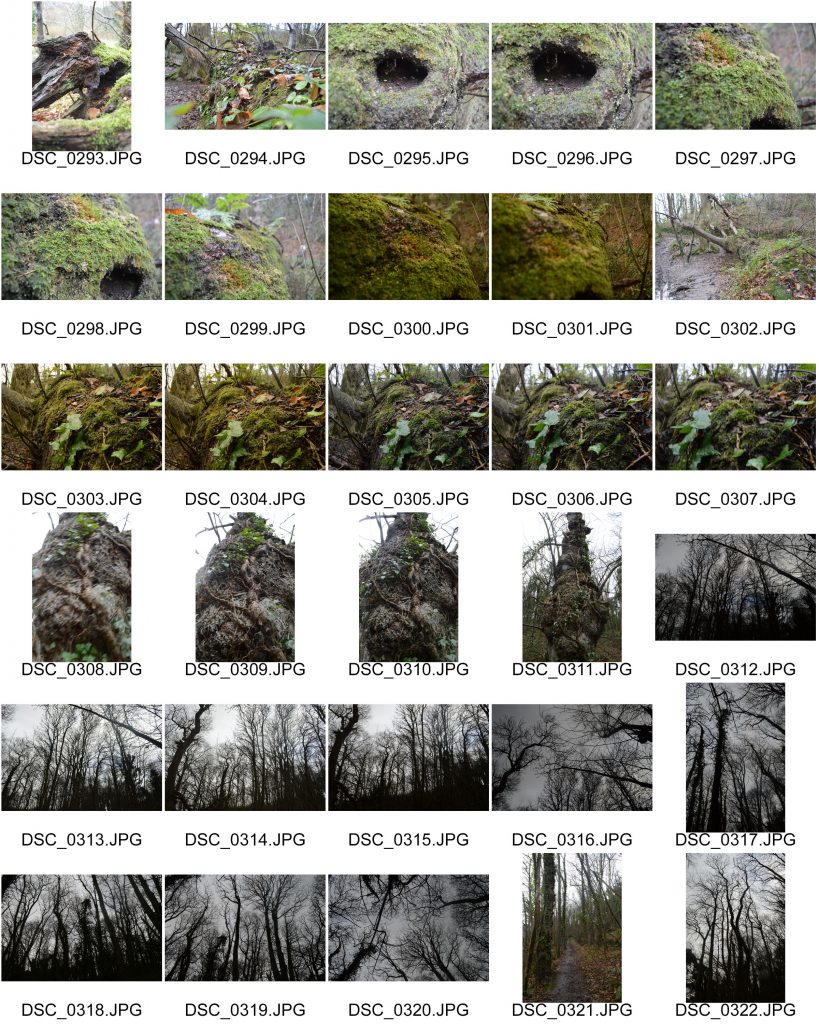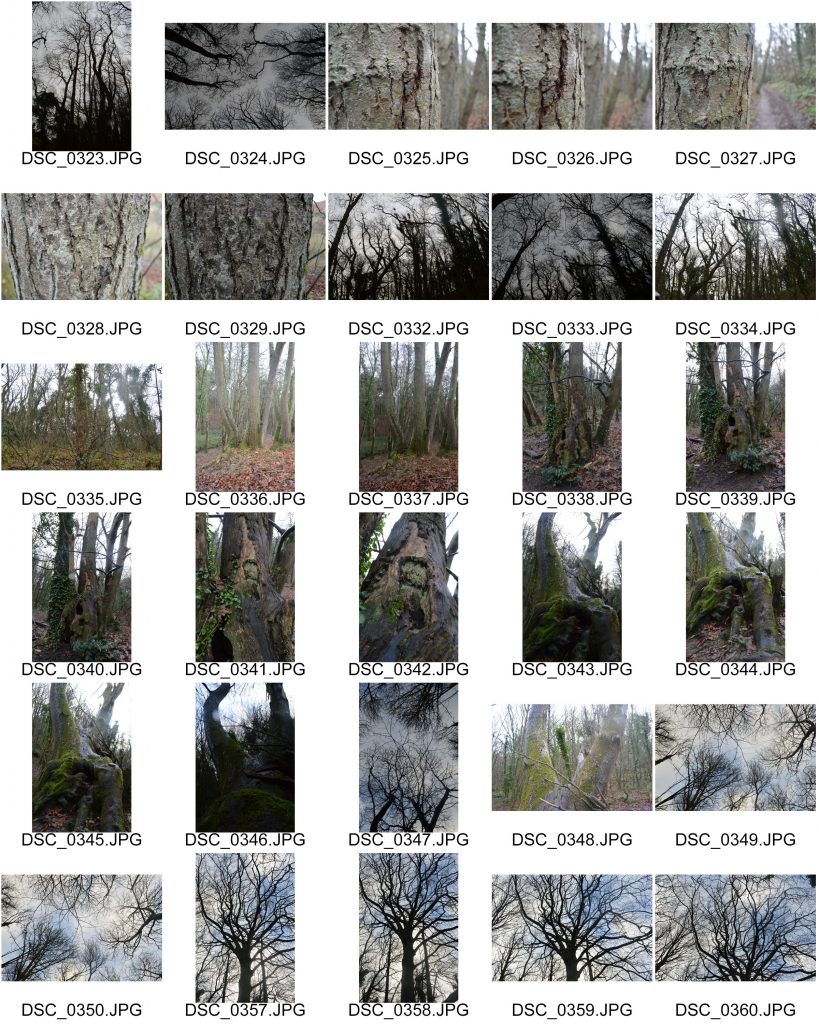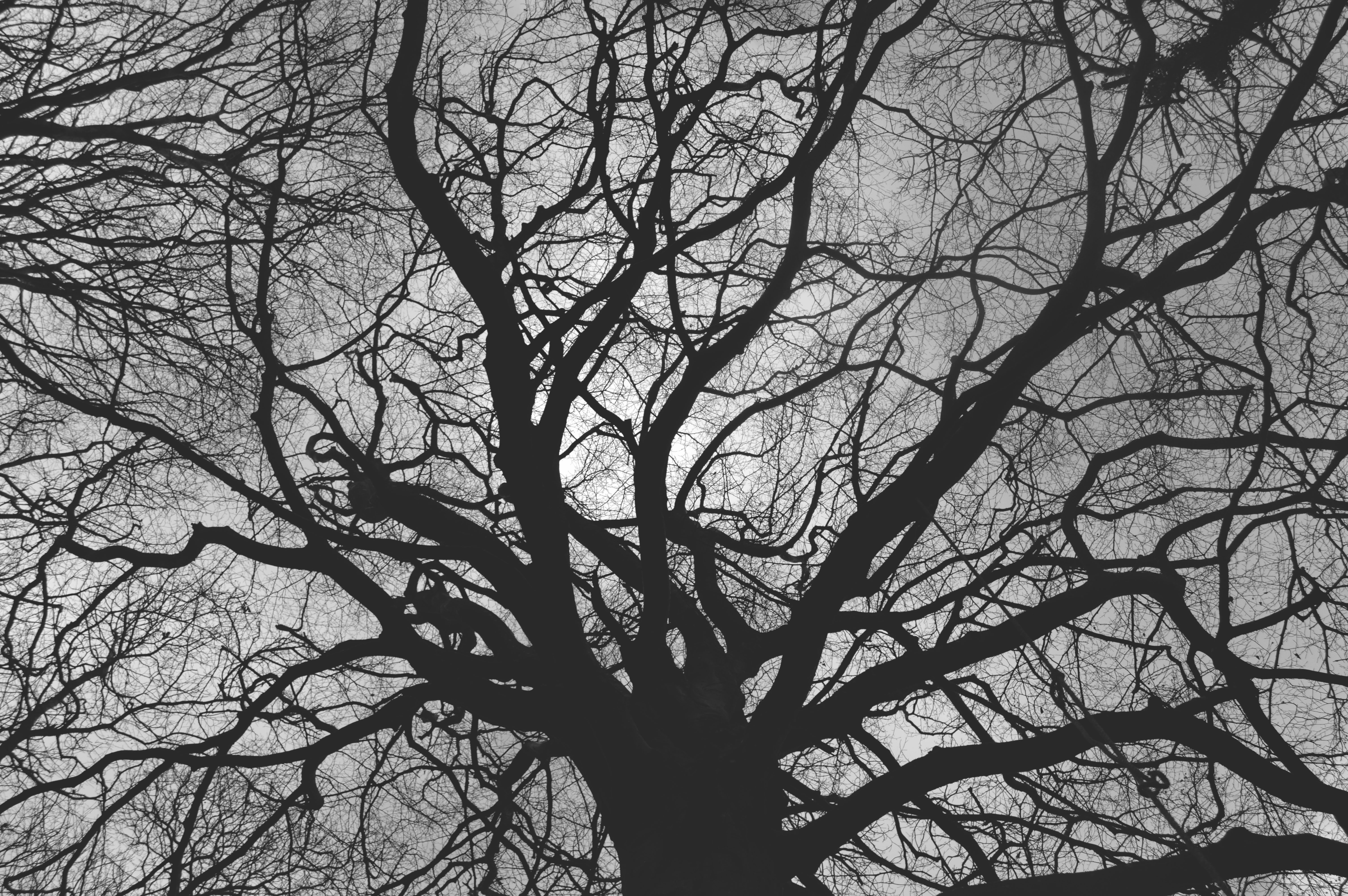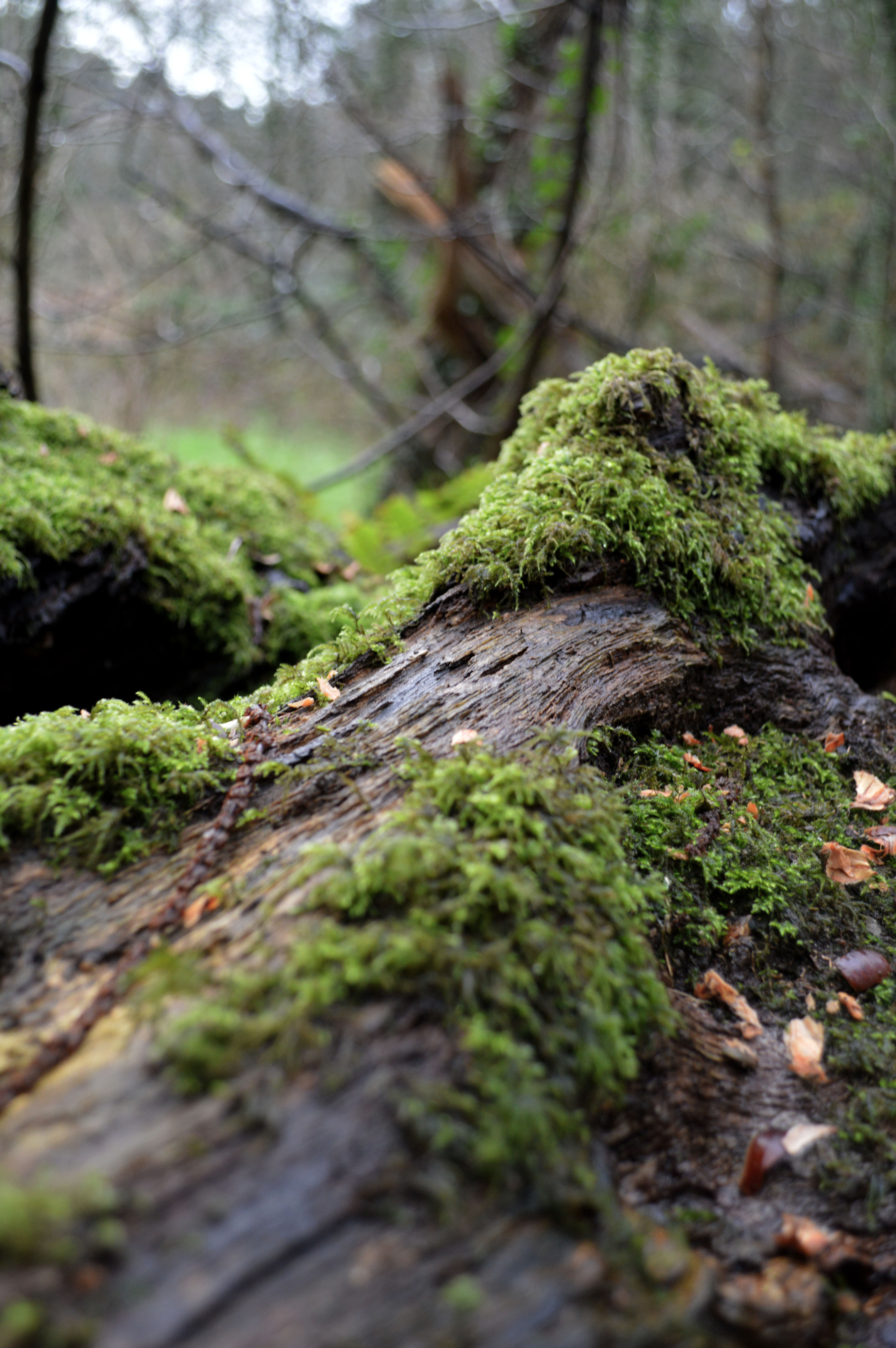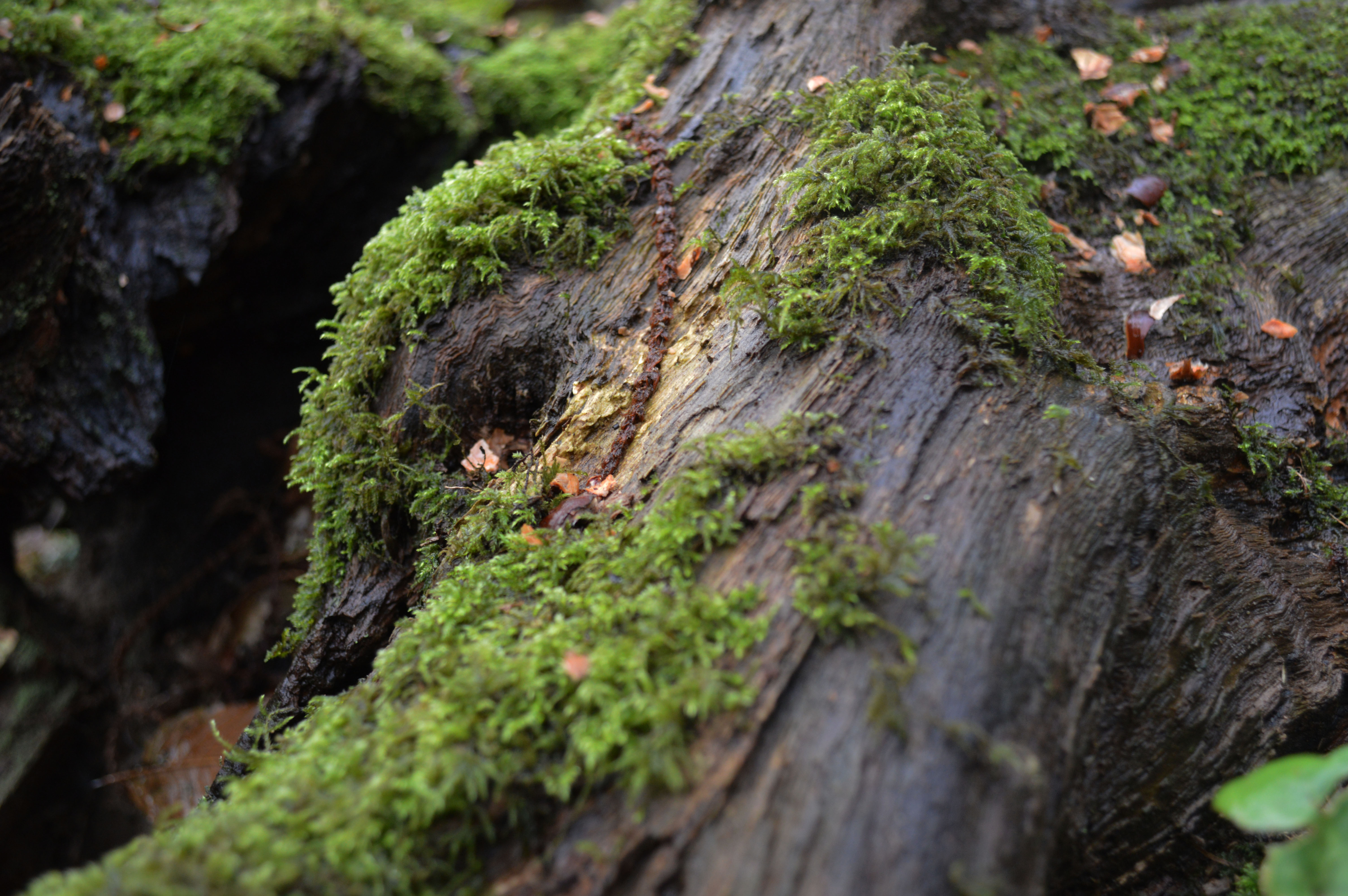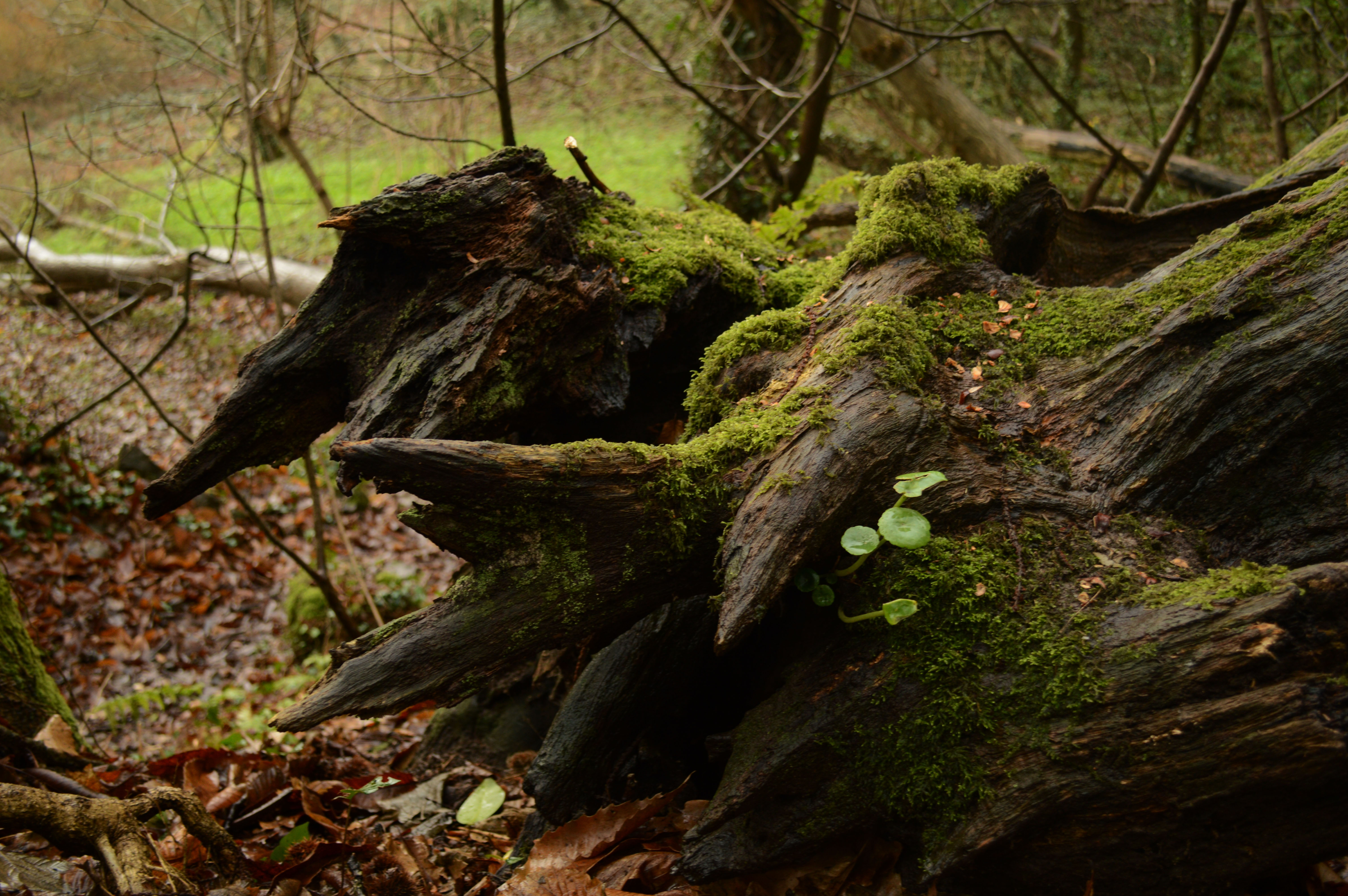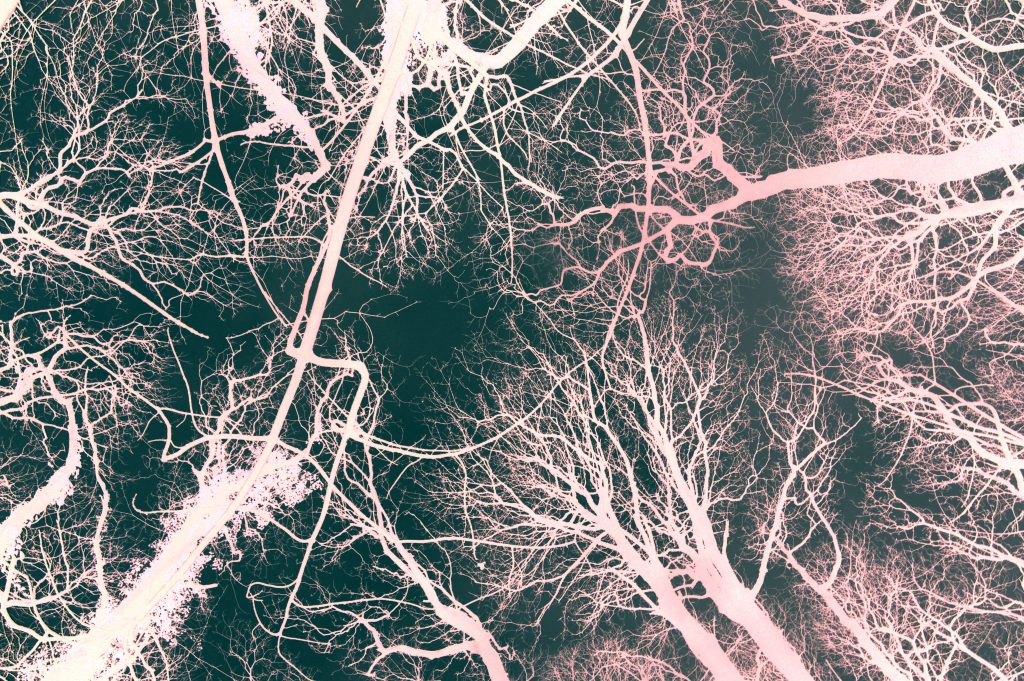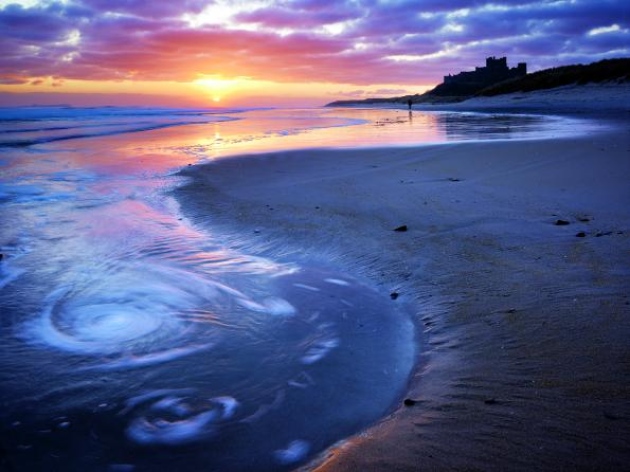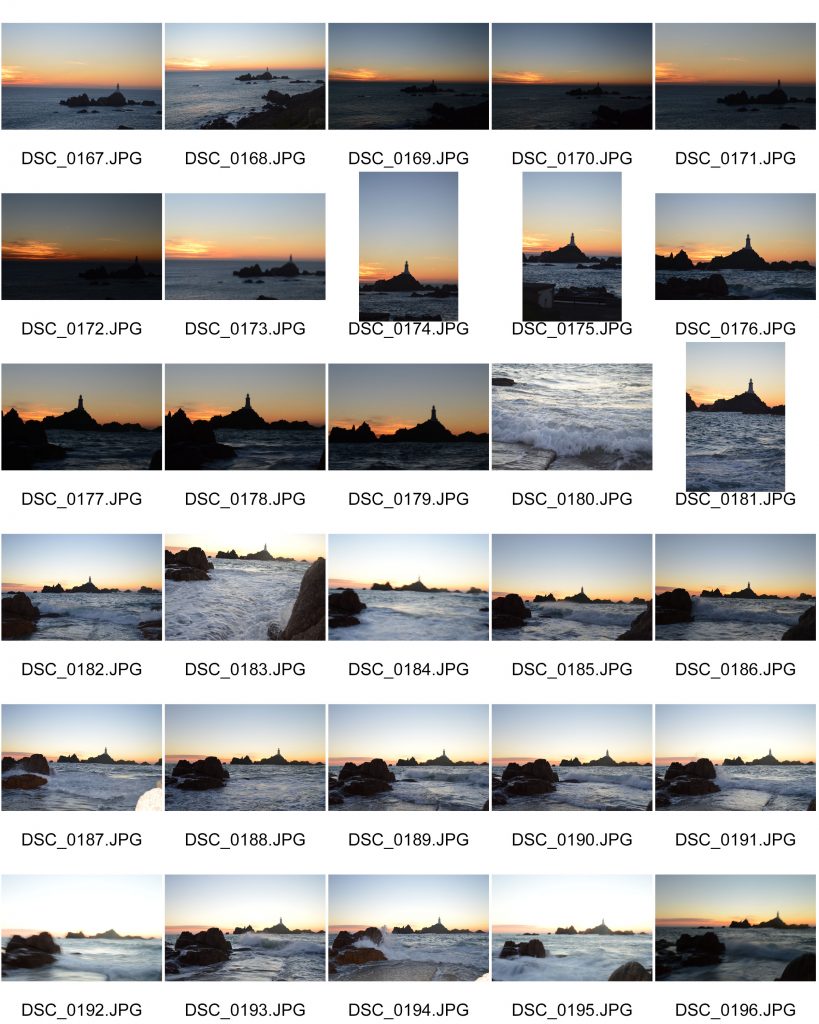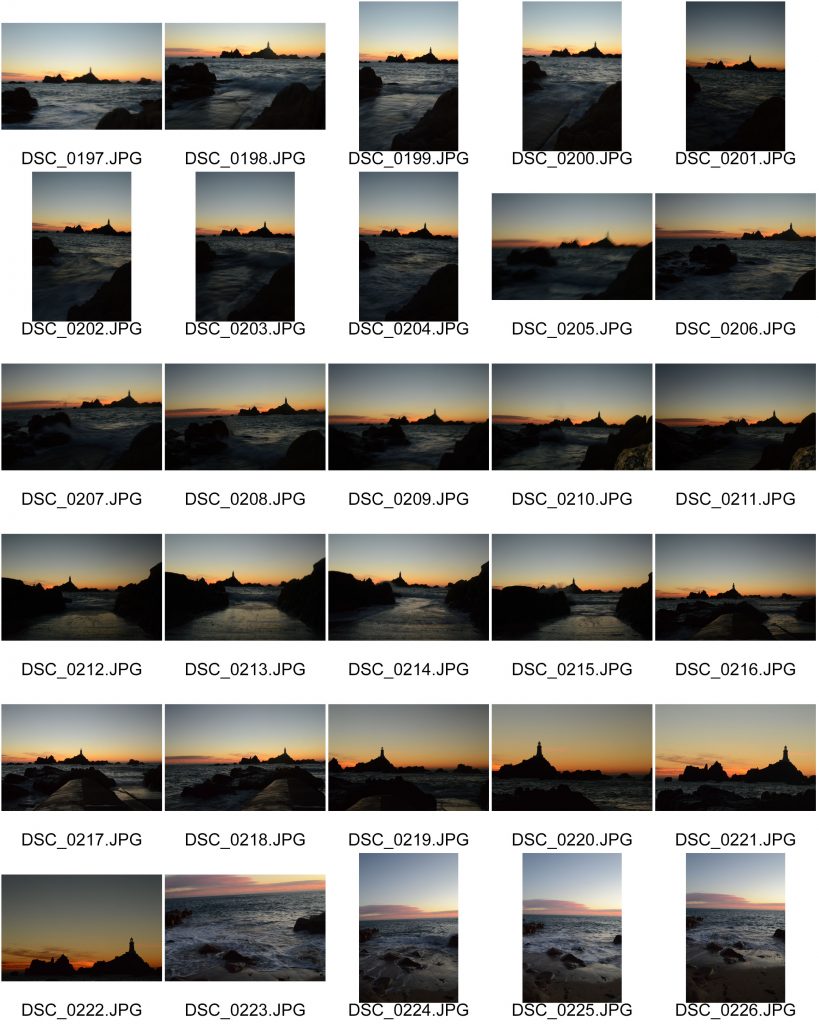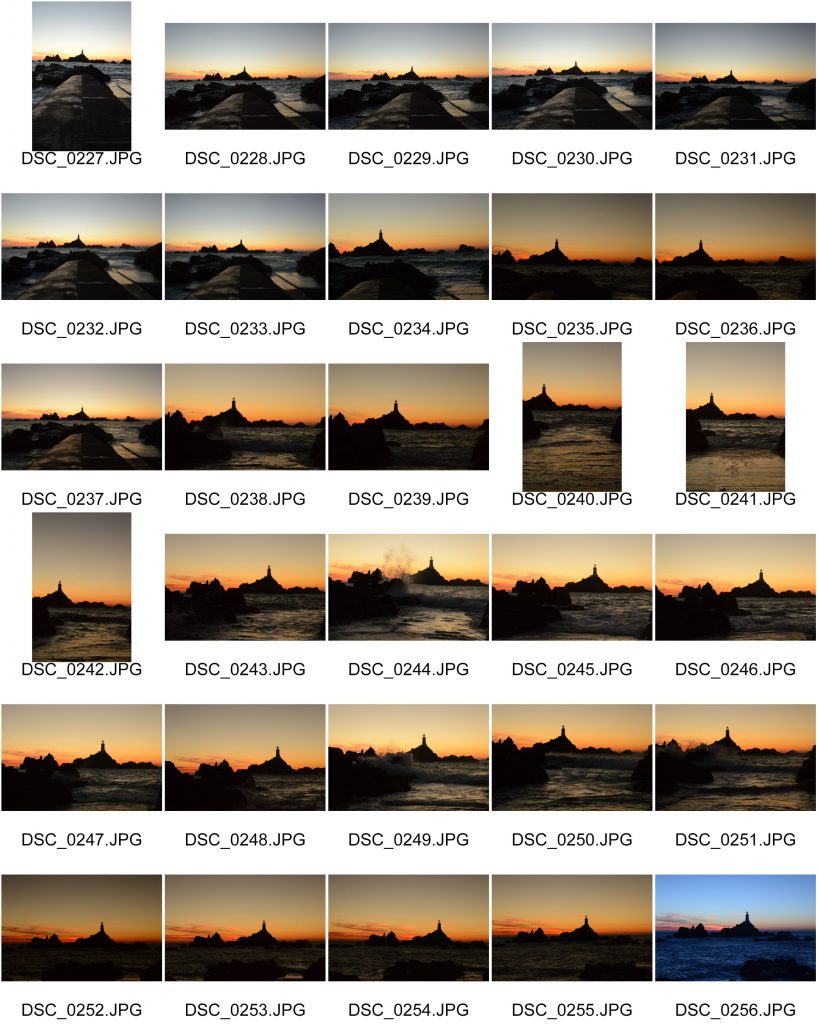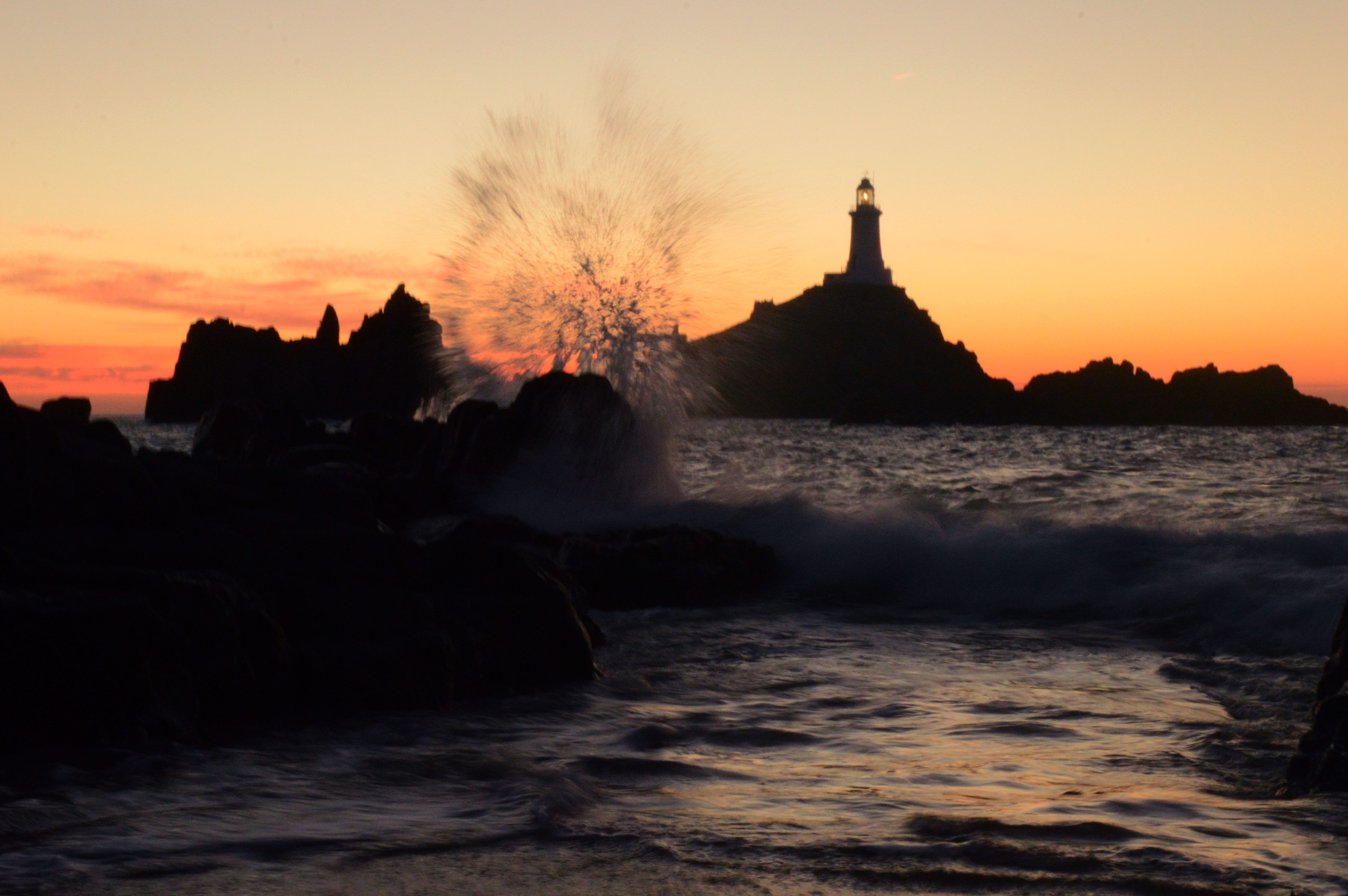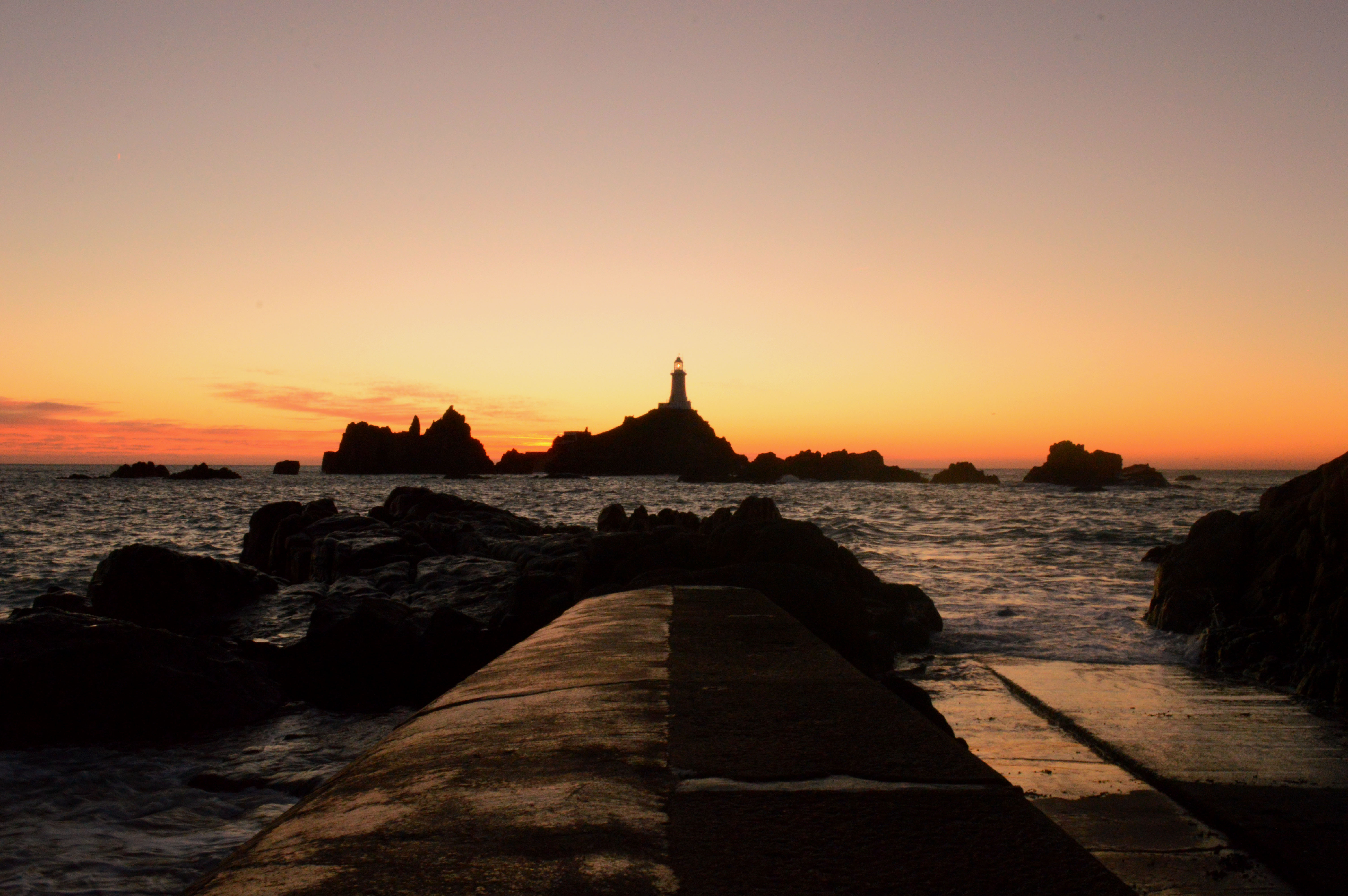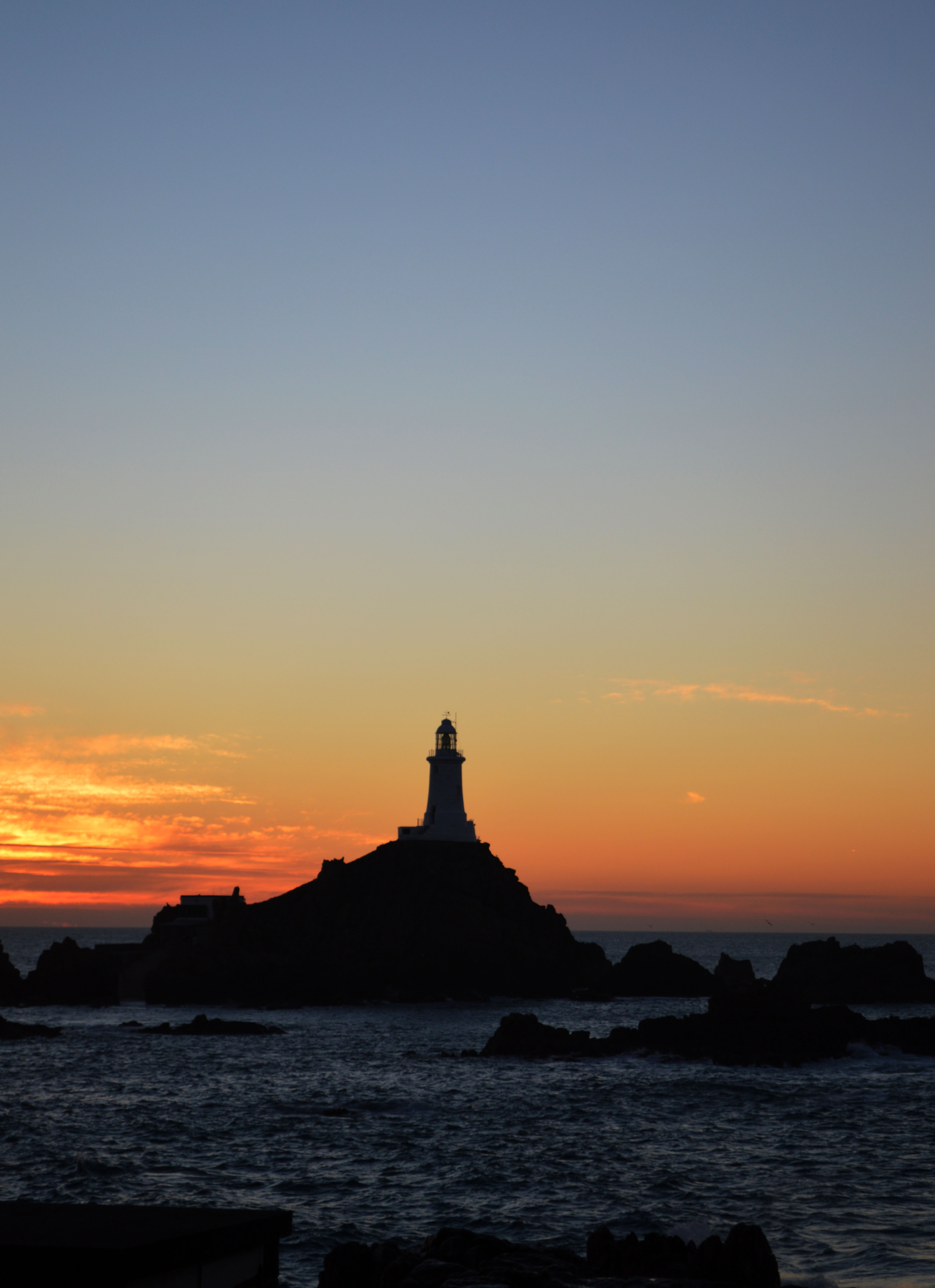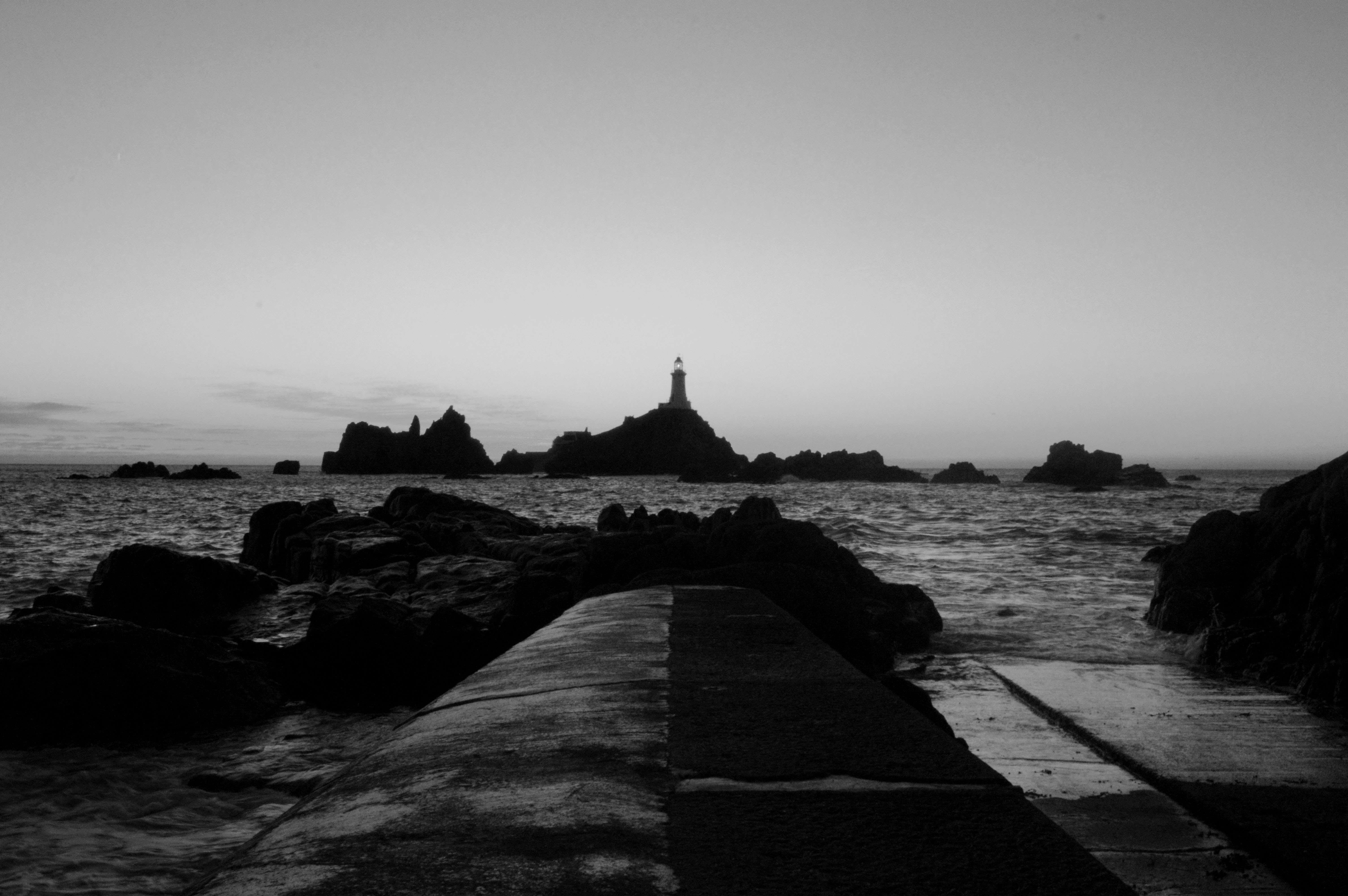The New Objectivity was a movement in German art that arose during the 1920s as a reaction against expressionism.
Expressionism was a modernist movement firstly in poetry and paintings which originated in Germany at the beginning of the 20th century. Expressionism was to basically to present the world from a subjective perspective. it distorted normal objects and the world radically for an emotional effect that would provoke moods and ideas. However this movements ending in 1933 essentially with the Nazis rise to power.
Albert Renger-Patzsch and August Sander are leading representatives of the ‘New Photography’ movement, which brought a sharply focused, documentary quality to the photographic art where previously the self-consciously poetic had held sway. Some other related projects as Neues Sehen, coexisted at the same moment. Karl Blossfeldt’s plant photography is also often described as being a variation on New Objectivity.
Karl BlossFeldt
In 1881 Blossfeldt began his studies as an apprentice at the Art Ironworks and Foundry in Mägdesprung, Germany, where he studied sculpture and iron casting. He then moved toBerlin to study at the School of the Museum of Decorative Arts
. In 1890 Blossfeldt received a scholarship to study in Rome under Moritz Meurer, a decorative artist and professor of ornament and design. Along with several other assistants, Blossfeldt created and photographed casts of botanical specimens in and around Rome. in 1930 he became professor emeritus. There he established a plant photography archive that he used to teach his students about design and patterns found in nature.
Blossfeldt had no formal training as a photographer and used homemade cameras that he outfitted with lenses capable of magnifying his subjects up to 30 times their natural size. The use of magnification resulted in images of extreme detail and clarity. Blossfeldt photographed the natural world for scientific and pedagogical purposes and inadvertently became a modern artist.
Image Analysis
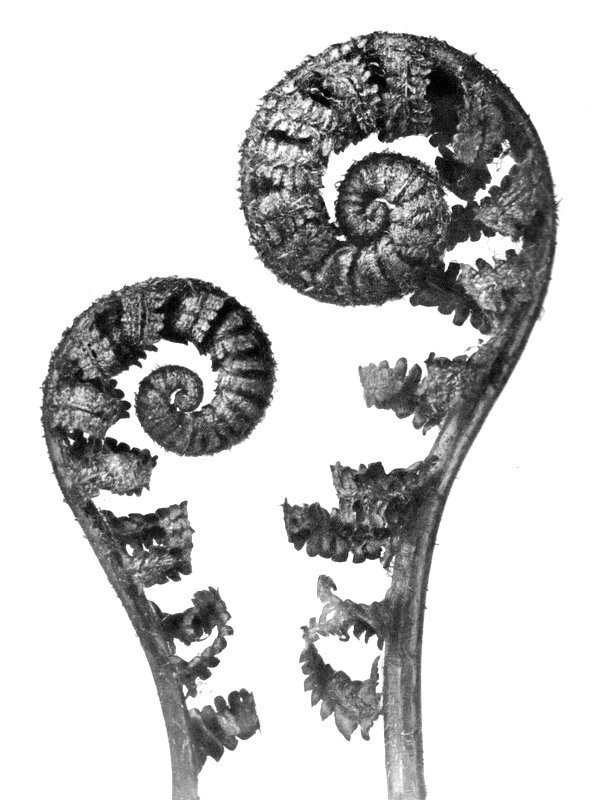
I chose this image of Karl Blossfeldts because it was the image that i had the most positive emotional response to. i think this because i really likes the simpliness yet complexity of the image and how the white background complements the detail of the patterns and curves in this image. This plant he has photographed in particualar has smooth curved lines making the image a karl photo and when you look at it it is very Aesthetically pleasing. I also think that the tonal rage in his images is what makes his images so different and take the sense of new objectivity. the leaves range from light greys to almost black which is impressive to capture in such small details. The leading lines in this image created by the curves of the image and due to the white background you are compleatly focused on the lines which take you around the plant.
My Response:






